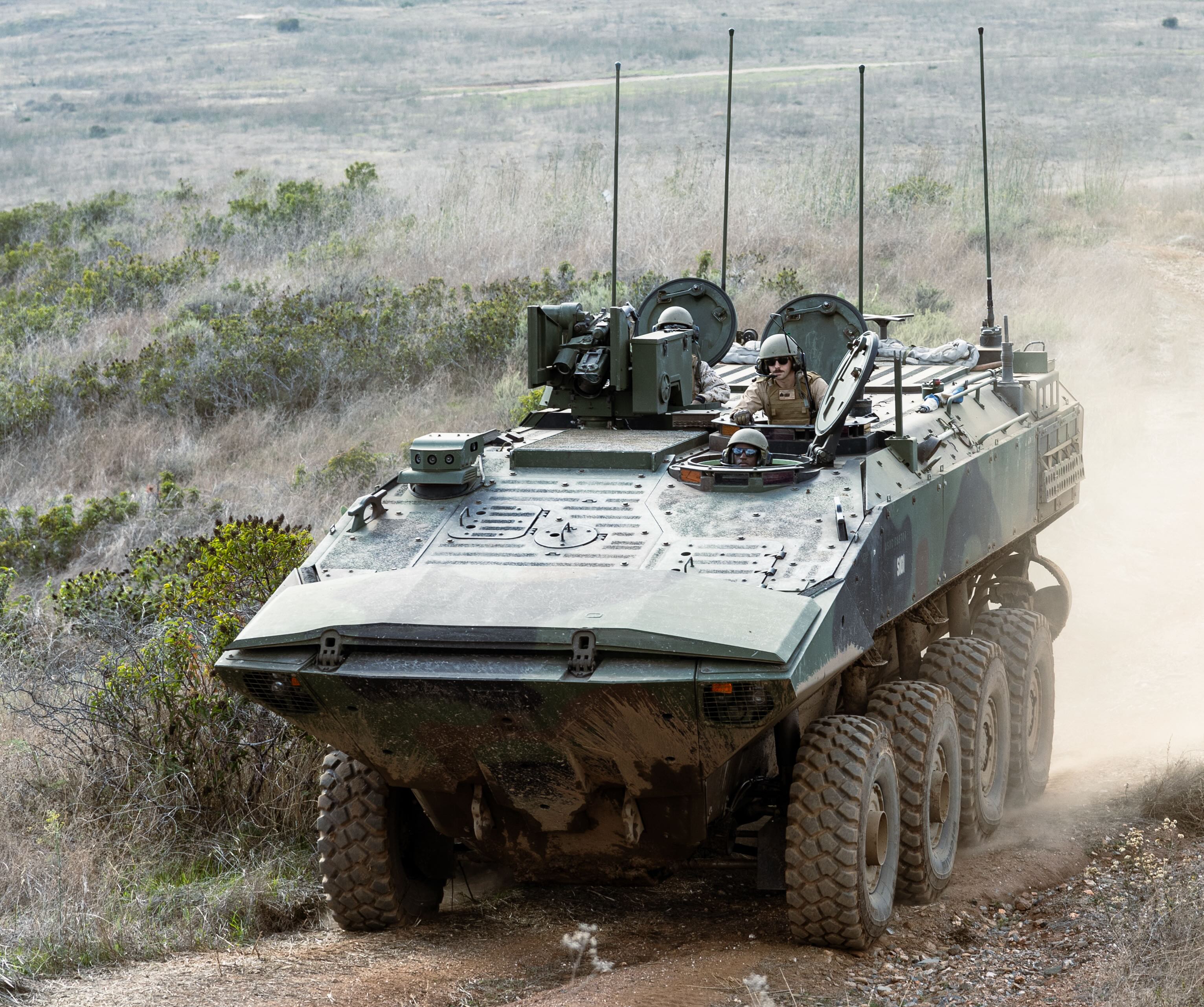
Report to Congress on Marine Amphibious Combat Vehicle
The following is the March 19, 2024, Congressional Research Service In Focus report, Marine Corps Amphibious Combat Vehicle (ACV).…
Copyright 2024 U.S. Naval Institute. All Rights Reserved.